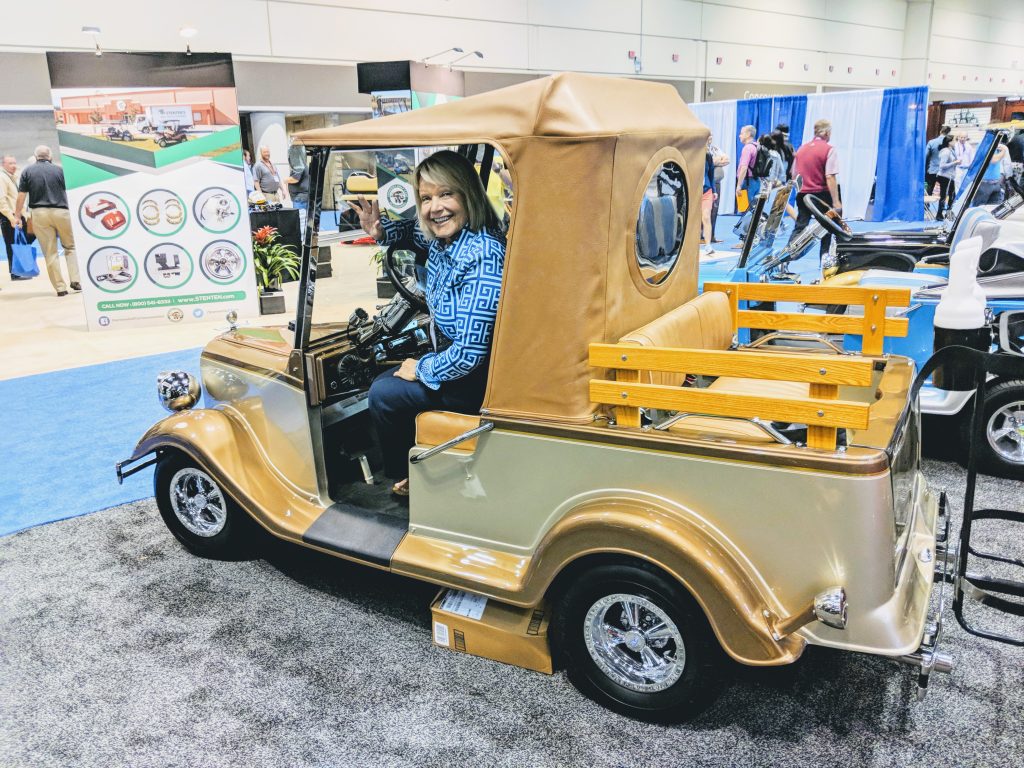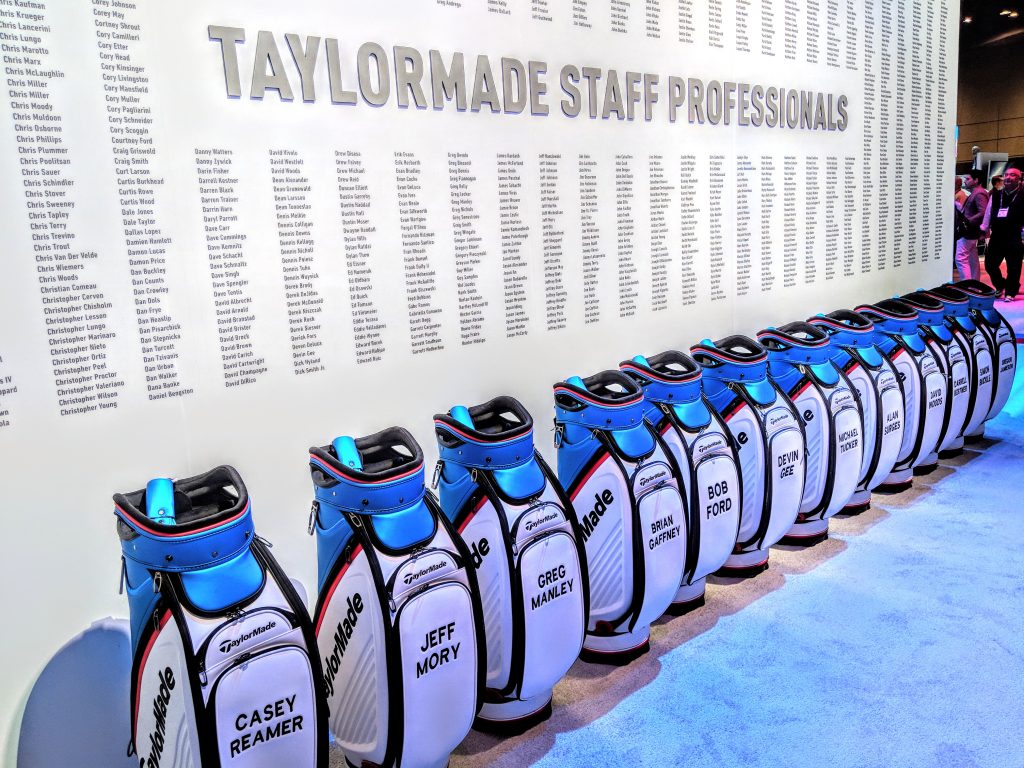The Illinois PGA has been awarding its Bernardi Trophy to the section’s Player-of-the-Year for 46 years, and Jim Billiter has been a factor in two of the more interesting races.
Understandably, more Bernardi points are available in the section’s four annual major championships – the IPGA Match Play, the Illinois Open, the IPGA Championship and the IPGA Players Championship – than are offered in the stroke play competitions. Win more than major in a year and the Bernardi Trophy could be yours, right?
Well, Billiter learned that’s not always the case. In 2015 he won the Match Play and IPGA Championship, but Mistwood’s Brian Brodell took Player of the Year. In 2017 it was Adam Schumacher winning two of the big ones – the IPGA Championship and Players – but Billiter beat him out for Player of the Year.
“He deserved it,’’ said Schumacher. “Jim dominated the other events.’’
“In 2015 I played great, probably better than last year,’’ said Billiter, beginning his second season as head professional at Kemper Lakes in Kildeer. “But, because of work, I had to miss the Illinois Open so I had no chance. That’s worth a ton of points, and I learned from that. My goal last year was to play in every event. You can’t win if you don’t play them all.’’
Schumacher, entering his fifth season as an assistant pro at Indian Hill in Winnetka, finished strong last year with his wins in the last two majors but the final point totals had Billiter at 2,896.35 Bernardi points and Schumacher at 2,482.93. They were at the top of a long list, as 179 IPGA members earned Bernardi points during a season that ran from April into October.
Billiter was an assistant at the Merit Club, in Libertyville, in 2015 when he learned that winning two majors wasn’t necessarily enough. His club staged one of its biggest member events opposite the Illinois Open then so Billiter understandably opted for job duties over tournament time.
“But I credit all my good play to the time I spent at Merit Club,’’ said Billiter. “Don Pieper (Merit Club general manager and director of golf) wanted me to play, either with the staff or with the members. He told me to `Go play!’ and I probably played more than any pro in the country then.’’
The chance to play that much after his move to Kemper Lakes wasn’t quite the same. As a head professional starting a new job (coupled with the fact that Billiter got married a month before moving to Kemper), Billiter found his playing time reduced. He did, however, gain one competitive advantage in the deal. Kemper Lakes is the site of the IPGA Match Play Championship, first of the four majors.
Billiter, 31, got a jump start on his rivals with Kemper as his new home course. He won the Match Play there in 2015 and took it again last year, beating Glen Oak’s Danny Mulhearn 1-up in a tense final match that triggered Billiter’s charge to Player of the Year.
Schumacher won two matches in last year’s Match Play but missed the cut in the Illinois Open while Billiter was finishing in a tie for 13th place. That doesn’t sound impressive, but he was the low IPGA pro in the field and that meant plenty of Bernardi points.
Then it was Schumacher’s turn to take over the spotlight. He won the IPGA Championship at Medinah, with Billiter finishing fifth, and added the IPGA Players title in a playoff with Mistwood’s Andy Mickelson at Eagle Ridge in Galena. Billiter tied for 13th in that one, but by then it didn’t matter as far as Player of the Year was concerned.
“I was very fortunate,’’ said Billiter. “No one announced it, by I had already won Player of the Year two tournaments before that. I knew I had won it, though probably by the skin of my teeth.’’
Billiter shot a 67 to win a stroke play competition at Calumet Country Club in Homewood a week after Schumacher had triumphed at Medinah. Billiter, who had also won a stroke play at Elgin Country Club earlier in the season, had enough Bernardi points to win the award before the shootout in Galena.
Though he came up short in the Player of the Year battle Schumacher had no complaints.
“I got hot at the right time. It was probably the best end to the year that I could have asked for,’’ said Schumacher, who hopes the confidence boost he got from those big wins will carry over into this season.
Immediately before his win at Medinah Schumacher made a strong showing in the PGA Professional Players National Championship in Oregon. He was in the top 10 after the first round and stayed in contention until an 80 in the final round doomed his chances for making it into the top 20 and earning a place in the PGA Championship at Quail Hollow in North Carolina.
“If I’d shot even (par) in the last round I think I would have made the top 20,’’ said Schumacher. “I just got a little aggressive and tried a little too hard.’’
Schumacher, 26, landed his job at Indian Hill immediately after graduating from Ferris State, in Michigan. He’ll be just one of the promising young players challenging Billiter in his defense of the Player of the Year award. Only six players have been repeat winners since Bill Ogden, the legendary North Shore pro, won the award in 1971 and 1972 – the first two years the Bernardi Trophy was presented.
Two players – Glen Oak’s Steve Benson (1980-82) and Aurora’s Bob Ackerman (1987-89) – were three-peaters. Others to win back-to-back were Dino Lucchesi (1997-98), Roy Biancalana (2003-04), Mike Small (2007-08) and Curtis Malm (2012-13).
s



























